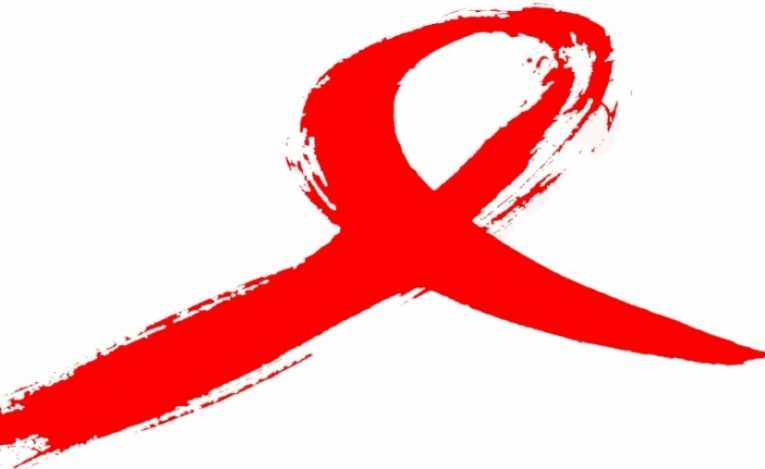Most newspapers and many websites will run a feature on HIV/AIDS on 1st December, World AIDS Day. But research shows that reports about AIDS in broadsheet newspapers have decreased from an average of 1.5 articles per issue in the early 1990s to less than 0.5 articles per issue since 2008.
The Trends in Sustainability Project found that coverage of environmental issues has increased; but little attention is paid to links between AIDS and the environment.
In countries worst affected by AIDS, particularly in sub-Saharan Africa, there is concern over the effect on professional classes, with losses of teachers, lawyers and administrators. However, a cut in the available labour force also means the potential for food shortages, with decreased productivity and supply chain issues.
Poor nutrition means that people whose immune systems are damaged by HIV are more likely to get infections. Increasing numbers of AIDS orphans means traditional knowledge about land and livestock management may not be passed on. Additional timber is used for coffins, and research suggests that poor families are more likely to use firewood for cooking. Mourning rituals in much of rural Africa require that fires be kept burning for up to five days.
Conservation organisations have lost highly trained staff to AIDS – meaning that vital work will not continue. The Wildlife and Environmental Society of Malawi lost 14 percent of its staff in health-related deaths in recent years. Daulos D. C. Mauambeta, executive director, said "If you go to most of the offices you see files marked 'deceased'."
Migration – either movement to urban from rural areas or displacement due to natural disasters or food shortages – is linked to both HIV/AIDS and environmental impacts. Cities will have more infected people, and wider sexual networks, increasing the chance of infection for those looking for work or trying to rejoin their families. When rural families leave or are no longer able to work the fields, land becomes ever more degraded and unproductive.
Steps are being taken to address the environmental impact of AIDS. Organisations such as the World Wildlife Fund support community-level interventions, with action on poverty being seen as key. In Brazil, the Natex condom factory in Xapuri pays an "environmental premium" to rubber tappers who conserve the forest – protecting the environment while providing 100 million condoms a year.
The Umzi Wethu Training Academy in South Africa offers vocational training and internships to AIDS orphans and vulnerable youth, helping them qualify for well-paid local conservation jobs. Enhancing opportunities for at-risk youth not only helps the local economy, but reduces the likelihood of risky sexual behaviour.
AIDS may make the headlines on December 1st, but environmental issues are news all year round. Climate change is not just about turning off unnecessary lights – changing the health of the world's people will change the health of the world.










